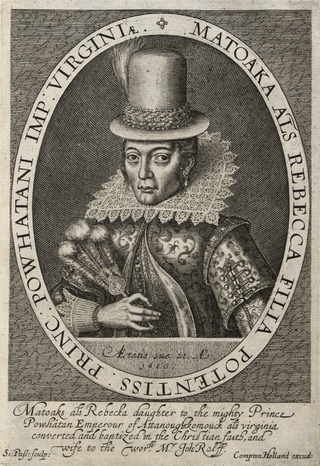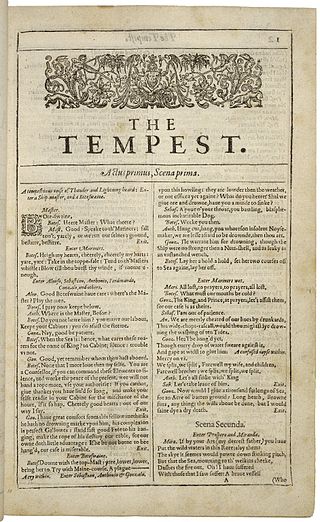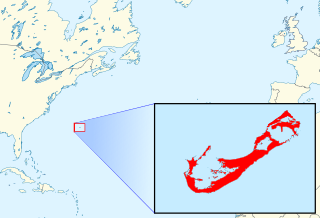Related Research Articles

John Smith was an English soldier, slave, explorer, colonial governor, admiral of New England, and author. He played an important role in the establishment of the colony at Jamestown, Virginia, the first permanent English settlement in North America, in the early 17th century. He was a leader of the Virginia Colony between September 1608 and August 1609, and he led an exploration along the rivers of Virginia and the Chesapeake Bay, during which he became the first English explorer to map the Chesapeake Bay area. Later, he explored and mapped the coast of New England. He was knighted for his services to Sigismund Báthory, Prince of Transylvania, and his friend Mózes Székely.

Pocahontas was a Native American woman belonging to the Powhatan people, notable for her association with the colonial settlement at Jamestown, Virginia. She was the daughter of Powhatan, the paramount chief of a network of tributary tribes in the Tsenacommacah, encompassing the Tidewater region of what is today the U.S. state of Virginia.

The London Company, officially known as the Virginia Company of London, was a division of the Virginia Company with responsibility for colonizing the east coast of North America between latitudes 34° and 41° N.

The Virginia Company was an English trading company chartered by King James I on 10 April 1606 with the objective of colonizing the eastern coast of America. The coast was named Virginia, after Elizabeth I, and it stretched from present-day Maine to the Carolinas. The company's shareholders were Londoners, and it was distinguished from the Plymouth Company, which was chartered at the same time and composed largely of gentlemen from Plymouth, England.
Sir George Yeardley was a planter and colonial governor of the colony of Virginia. He was also among the first slaveowners in Colonial America. A survivor of the Virginia Company of London's ill-fated Third Supply Mission, whose flagship, the Sea Venture, was shipwrecked on Bermuda for ten months from 1609 to 1610, he is best remembered for presiding over the initial session of the first representative legislative body in Virginia in 1619. With representatives from throughout the settled portion of the colony, the group became known as the House of Burgesses. It has met continuously since, and is known in modern times as the Virginia General Assembly. Yeardley died in 1627.
Sir Samuel Argall was an English adventurer and naval officer.

The Honourable George Percy was an English explorer, author, and early Colonial Governor of Virginia.

Sea Venture was a seventeenth-century English sailing ship, part of the Third Supply mission to the Jamestown Colony, that was wrecked in Bermuda in 1609. She was the 300 ton purpose-built flagship of the London Company and a highly unusual vessel for her day, given that she was the first single timbered merchantman built in England, and also the first dedicated emigration ship. Sea Venture's wreck is widely thought to have been the inspiration for William Shakespeare's 1611 play The Tempest.

Sir Thomas Gates was the governor of Jamestown in the English Colony of Virginia. His predecessor, George Percy, through inept leadership, was responsible for the lives lost during the period called the Starving Time. The English-born Gates arrived to find a few surviving starving colonists commanded by Percy, and assumed command. Gates ruled with deputy governor Sir Thomas Dale. Their controlled, strict methods helped the early colonies survive. Sir Thomas was knighted in 1596 by Robert Devereux, 2nd Earl of Essex for gallantry at the Capture of Cadiz. His knighthood was later royally confirmed by Queen Elizabeth I.
Smith's Island is part of the chain which makes up Bermuda. It is located in St. George's Parish, in the northeast of the territory.
William Strachey was an English writer whose works are among the primary sources for the early history of the English colonisation of North America. He is best remembered today as the eye-witness reporter of the 1609 shipwreck on the uninhabited island of Bermuda of the colonial ship Sea Venture, which was caught in a hurricane while sailing to Virginia. The survivors eventually reached Virginia after building two small ships during the ten months they spent on the island. His account of the incident and of the Virginia colony is thought by most Shakespearean scholars to have been a source for Shakespeare's play The Tempest.

Sir George Somers was an English privateer and naval hero, knighted for his achievements and the Admiral of the Virginia Company of London. He achieved renown as part of an expedition led by Sir Amyas Preston that plundered Caracas and Santa Ana de Coro in 1595, during the undeclared Anglo-Spanish War. He is remembered today as the founder of the English colony of Bermuda, also known as the Somers Isles.
The Somers Isles Company was formed in 1615 to operate the English colony of the Somers Isles, also known as Bermuda, as a commercial venture. It held a royal charter for Bermuda until 1684, when it was dissolved, and the Crown assumed responsibility for the administration of Bermuda as a royal colony.

The University of Virginia Press is a university press that is part of the University of Virginia. It was established in 1963 as the University Press of Virginia, under the initiative of the university's then President, Edgar F. Shannon Jr. Victor Reynolds, previously director of the Cornell University Press, was the first director.

The Tempest is a play by William Shakespeare, probably written in 1610–1611, and thought to be one of the last plays that he wrote alone. After the first scene, which takes place on a ship at sea during a tempest, the rest of the story is set on a remote island, where Prospero, a complex and contradictory character, lives with his daughter Miranda, and his two servants: Caliban, a savage monster figure, and Ariel, an airy spirit. The play contains music and songs that evoke the spirit of enchantment on the island. It explores many themes, including magic, betrayal, revenge, and family. In Act IV, a wedding masque serves as a play-within-a-play, and contributes spectacle, allegory, and elevated language.
Roger A. Stritmatter is a Professor of Humanities at Coppin State University and the former general editor of Brief Chronicles, a delayed open access journal covering the Shakespeare authorship question from 2009 to 2016, now the Brief Chronicles Book series (2019-present). He was a founder of the modern Shakespeare Fellowship, an organization that promotes Edward de Vere, 17th Earl of Oxford, as the true author of the works of William Shakespeare. He is one of the leading modern-day advocates of the Oxfordian theory of Shakespeare authorship, and has been called the “first professional Oxfordian scholar”.

The Bermuda towhee is an extinct bird of the towhee genus Pipilo that was endemic to Bermuda.

Silvester Jourdain, was an English traveler who became a colonist at the Jamestown, Virginia settlement. During the journey in 1609, a tropical storm caused the ship, the Sea Venture to be run aground on the uninhabited St. George's Island, Bermuda with Jourdain, George Somers, Thomas Gates, William Strachey, and other settlers marooned.
Lord Robert Rich was an English soldier and traveler.
References
- ↑ Strachey, William. "A true reportory of the wracke, and redemption of Sir Thomas Gates Knight; vpon, and from the Ilands of the Bermudas: his comming to Virginia, and the estate of that Colonie then, and after, vnder the gouernment of the Lord La Warre, Iuly 15. 1610" in Hakluytus posthumus; or, Purchas his pilgrimes, Samuel. Purchas, ed. 4 vols. (1625), vol. 4, 1734-1758. Transcription at Virtual Jamestown.
- ↑ Ivor Noël Hume, Ivor. "William Strachey's Unrecorded First Draft of His Sea Venture Saga" in Avalon Chronicles 6 (2001), 57-87
- ↑ Vaughan, Virginia. M., and Alden T. Vaughan, eds. The Tempest (1999) 41–3
- ↑ Marshall, Tristan. "The Tempest and the British Imperium in 1611" in The Historical Journal 41 (1998), 375–400.
- ↑ Stritmatter, Roger, and Lynne Kositsky. "Shakespeare and the Voyagers Revisited" in Review of English Studies 58 (2007), 447–72, 456.
- ↑ Gabriel Egan,'Editions and Textual Matters,' in The Year's Work in English Studies, V1, Volume 90 Issue 1 2011 pp.297-471.

